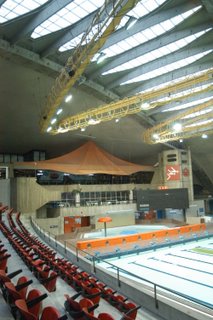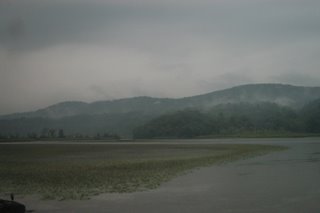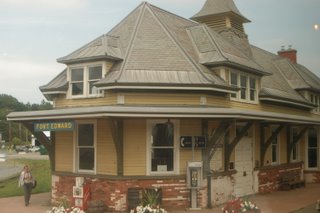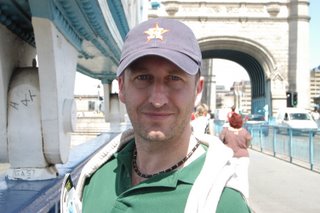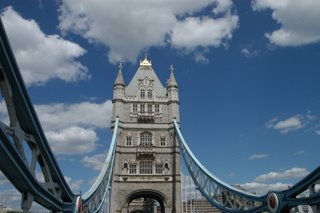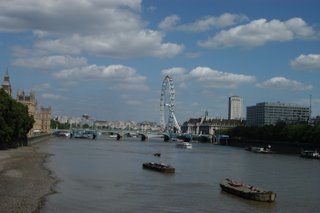Nonprofit Lifecycles: Stage-Based Wisdom for Nonprofit Capacity
By Susan Kenny Stevens, Ph.D with a foreword by Paul C. Light and Published by Stagewise Enterprises, Inc. - March 2002
Winner of the Alliance for Nonprofit Management's Terry McAdam Book Award for most valuable nonprofit book published in 2002.
Review by Amy Kweskin, Research Fellow, Americans for the Arts
Nonprofit Lifecycle: Stage-Based Wisdom for Nonprofit Capacity uses easy to understand developmental and organizational theory to guide in evaluating the health and evolution of any organization's capacity functions. The most valuable feature of this workbook-style text is Susan Kenny Stevens' illustration of Nonprofit Lifecycle Capacity Placement. Clearly articulated, easy to communicate and endlessly applicable this diagram-based methodology can be used to chart the evolution of all aspects of organization and program development.
The organizational lifecycle, like the human lifecycle, begins at conception and ends in death. Stevens frames these stages as Idea, Start-up, Growth, Maturity, Decline, Turnaround, and Terminal. Pinpointing the evolutionary stage of key organizational functions allows for board and staff to identify the health (capacity) of the organization. These functions include Programs, Management, Governance, Financial Resources, and Administrative Systems. You need not be limited to these areas. The model is endlessly adaptable and can be used by board and staff with equal effectiveness for addressing any management capacity issue.
I used Stevens' model in a Board Leadership Training program to explain organizational lifecycles to a group of corporate executives and they found it extremely useful. It became our template for discussing a variety of organizational capacity development scenarios. Additionally, I used it with a class of undergraduate arts administration students to address leadership development and their own career evolution.
Charting the current stage of each capacity building function allows the organization to conduct its own situation analysis. The process jump starts strategic planning and enables organizations to proactively engage management services. Stevens clearly identifies the diagnostic characteristics and performance outcomes in each stage allowing for goals to be articulated and benchmarks to be set with measurable charting of progress. Using this text empowers organizational stakeholders to objectively evaluate the vitality of the organization. It also is one of the few resources that candidly addresses organizational decline and termination.





